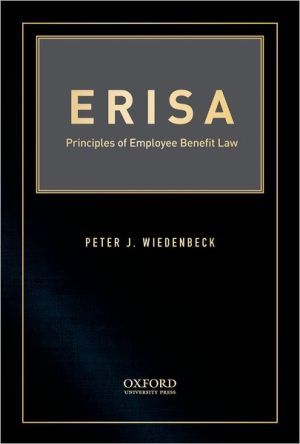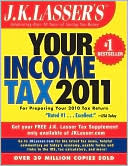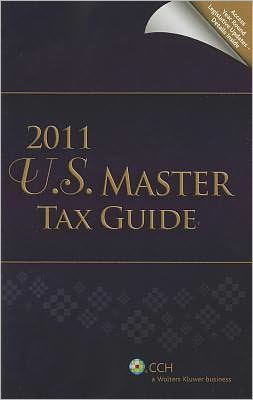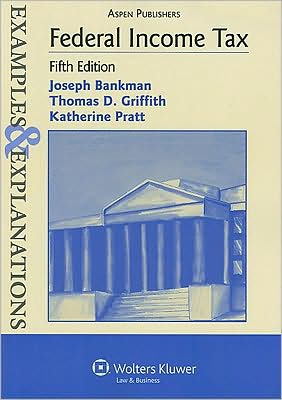ERISA: Principles of Employee Benefit Law
ERISA: Principles of Employee Benefit Law highlights the common themes, central principles, and competing policies of employee benefit law in a compact, accessible work. Case law interpreting and applying ERISA, the Employee Retirement Income Security Act of 1974, is vast - there are thousands of reported decisions on some topics. This book selectively analyzes key cases to provide a coherent account of the principal features of ERISA, including both the labor and tax law components of...
Search in google:
ERISA: Principles of Employee Benefit Law highlights the common themes, central principles, and competing policies of employee benefit law in a compact, accessible work. Case law interpreting and applying ERISA, the Employee Retirement Income Security Act of 1974, is vast - there are thousands of reported decisions on some topics. This book selectively analyzes key cases to provide a coherent account of the principal features of ERISA, including both the labor and tax law components of employee benefit law. After an introduction to the types of employee benefit programs and an overview of ERISA's policies and scope (Part I), the book examines the labor law requirements applicable to employee benefit plans, which are enforceable by private civil action and continue to produce a large volume of litigation. ERISA entails two very different approaches to the regulation of employee benefits. The administration of both welfare and pension plans is subject to federal oversight to promote informed participation and ensure compliance with plan terms (Part II). In addition to these conduct controls, pension plans are also subject to minimum standards governing the content of most deferred compensation programs (Part III). ERISA: Principles of Employee Benefit Law concludes with an exploration of the independent tax law requirements that retirement savings and health care plans must satisfy to obtain favorable tax treatment, including nondiscrimination standards and other rules intended to induce retirement savings for low-paid and middle-income workers (Part IV). The discussion illuminates fundamental flaws in the rules designed to target the tax subsidy and briefly explores several major reform proposals.
Acknowledgements PART I. General Considerations CHAPTER 1. Overview of ERISA CHAPTER 2. ERISA's Coverage PART II. Conduct Controls: Welfare and Pension Plans CHAPTER 3. Disclosure CHAPTER 4. Fiduciary Obligations CHAPTER 5. Enforcement CHAPTER 6. Preemption PART III. Content Controls: Pension Plans CHAPTER 7. Accumulation CHAPTER 8. Distribution CHAPTER 9. Security PART IV. Tax Controls: Retirement Savings and Health Care CHAPTER 10. Taxes and Retirement Saving CHAPTER 11. Taxes and Health Care Appendix Table of Cases Table of Statutes Table of Rules and Regulations Index








